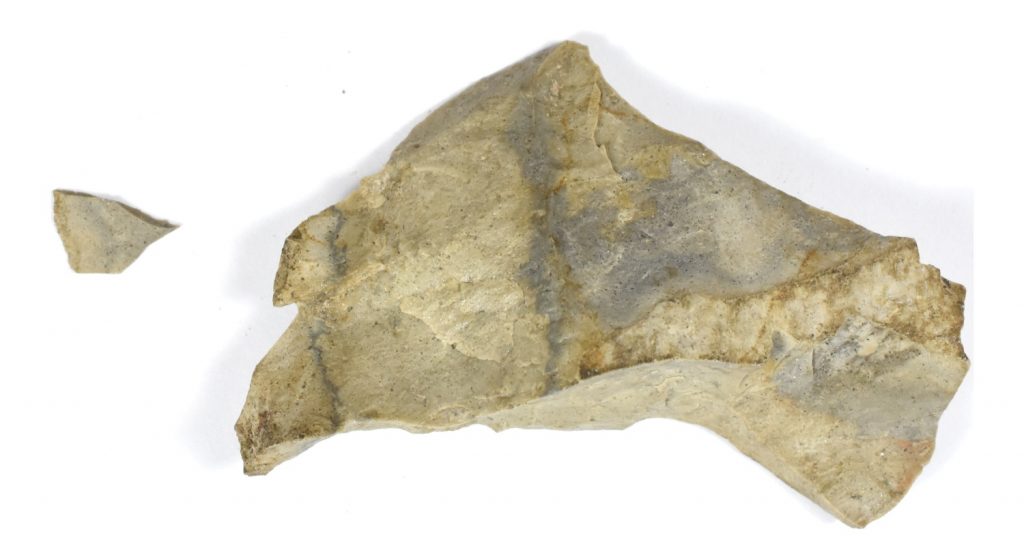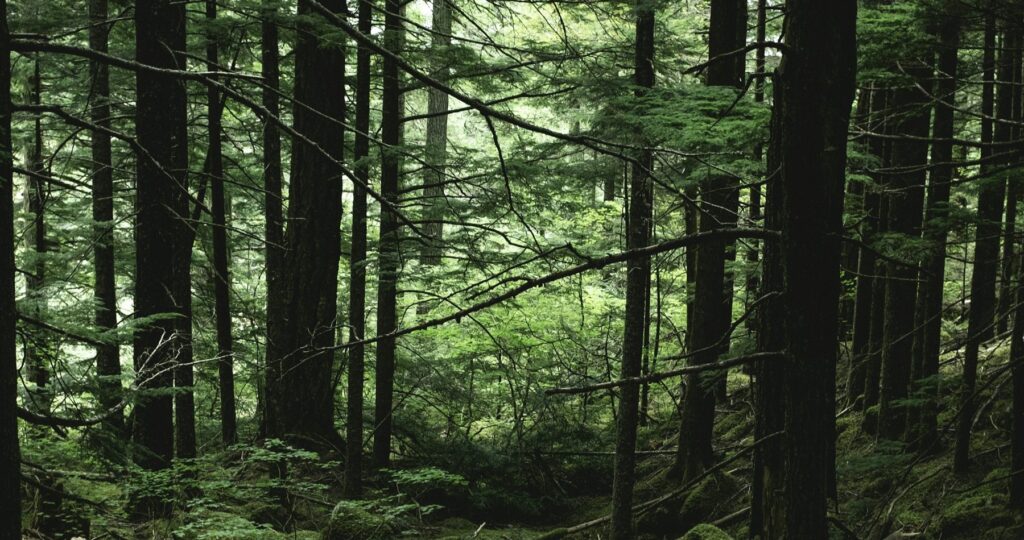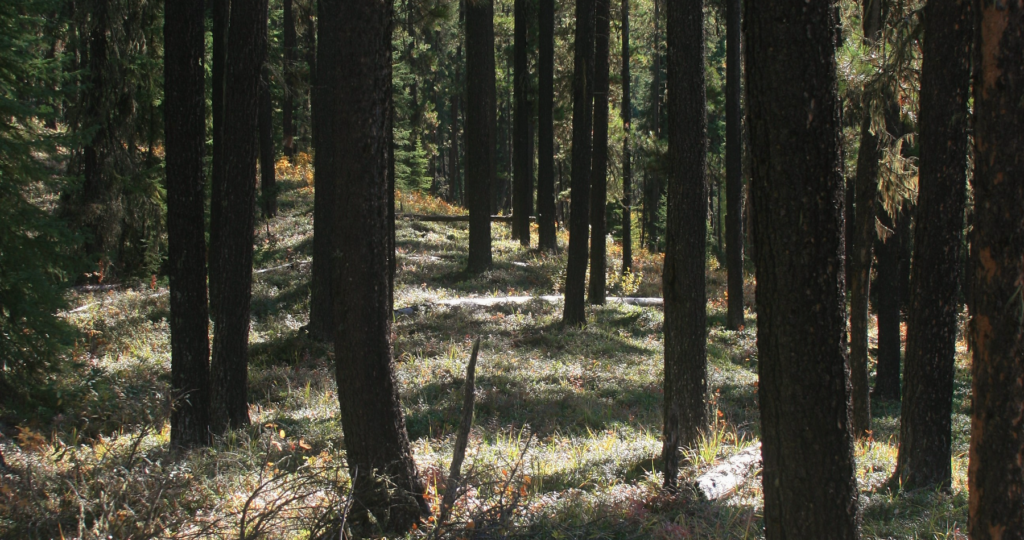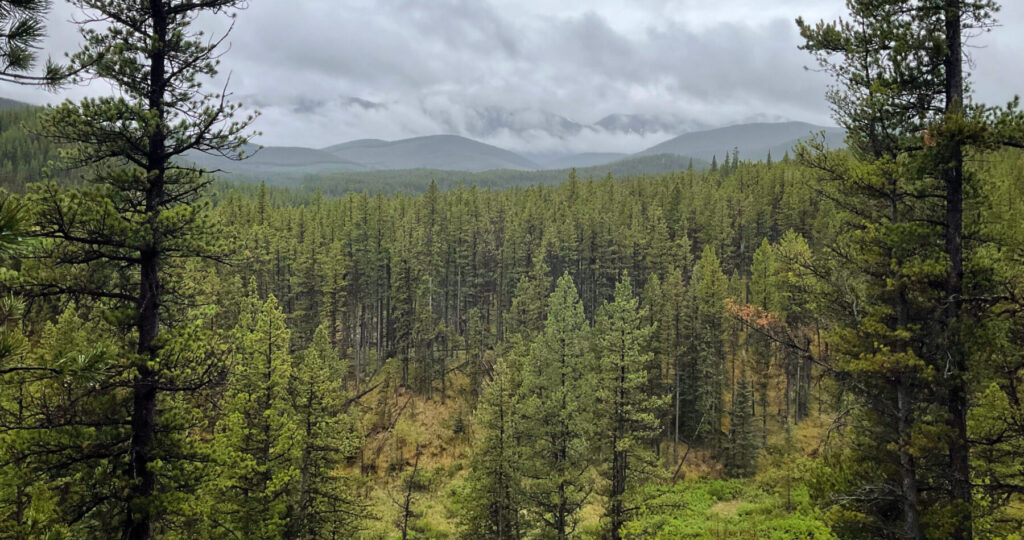Post Category : Archaeonerdism Archaeotourism Glossary Heritage Management Local Archaeology Special Finds
The Quarry of the Ancestors
Alberta Oil sands
The Alberta oil sands has seen it’s fair share of media attention over the last few decades! Unfortunately, most of it has not been positive… In this blog, we are going to discuss an amazing archaeological discovery from the Alberta oil sands, and how these findings have shaped our knowledge about prehistory in the region!
Throughout the 20th century, increasing interest in the economic potential and industrial development of the oil sands has led to an extensive archaeological survey in the region. Astonishingly, over 1,000 archaeological sites and almost 3.8 million artifacts have been recorded in the area since 1973. Interestingly, many of the artifacts collected are manufactured from a material called Beaver River Sandstone (BRS).
Beaver river sandstone
Beaver River Sandstone is typically a tan or gray, fine-grained sedimentary rock containing a high amount of silica. Due to these properties, it is highly prized for its knapping capabilities! In the early 1980s, researchers noticed that many BRS samples collected from sites throughout the Northwest Territories, Alberta, and Saskatchewan were a finer-grained BRS. However, the known BRS quarries at the time only contained a very coarse-grained version of the material. So, where were people getting this more optimal variety from then…?

The discovery
In the early 2000s, a surge of industry developments were proposed in the oil sands region near the town of Fort MacKay, Alberta. However, prior to any large-scale developments in Alberta, historic resource impact assessments (HRIA’s) are conducted. These assessments continue to produce a prolific amount of archaeological sites. Most of which indicate several millennia of human occupation in the area!
Many nearby sites contain significant amounts of fine-grained BRS artifacts, such as projectile points. The frequency of artifacts manufactured from this specific type of BRS increases dramatically the closer the site is to the quarry source. Noticing this radial frequency increase led researchers to locate the probable source of the material, and they called it the Quarry of the Ancestors!

The significance
The Quarry of the Ancestors has made a significant impact on our understanding of occupational chronologies and the patterns of traditional land use by pre-contact Indigenous peoples. The investigation of the quarry and surrounding points of interest revealed a rich complex of archaeological sites deposited throughout the landscape over the course of a millennia!
Diagnostic stone tools collected from nearby sites have provided a clear understanding of when the region was most heavily occupied. Diagnostic artifacts have given the indication that the Quarry of the Ancestors was most heavily used in the periods of about 9800 to 1000 years ago. Discoveries like this help archaeologists understand how early peoples sourced and manufactured materials into tools. Additionally, lithic analysis of an artifacts physical attributes often reveals the criteria behind the manufacturers stylistic decisions. Undoubtedly, prehistoric peoples considered the tool forms most suitable for their environments and lifestyles. In like manner, you’d want a sturdy projectile point for harvesting large mammals too!

Projectile points & mammoth blood?!
Perhaps one of the coolest finds associated with the Quarry of the Ancestors is a projectile point recovered from a muskeg environment. Residue analysis conducted on the artifact revealed trace remains of blood that likely belonged to a mammoth! Markedly, several other projectile points recovered from the Quarry were identified with blood residues from a variety of terrestrial and aquatic species.
Interestingly, many sites associated with the Quarry are situated in close proximity to water-logged muskeg landscapes. While this can be frustrating for those excavating in these areas, sites that extend into such environments have a higher potential of preserving organic materials. Undeniably, this piques our interest! Because of the acidity levels of the soils in dryer locations within the boreal, organic materials decompose quickly. With the result that organic remains have been recovered from wet environments, its very likely that CRM field methodology will shift in northeastern Alberta. Where applicable, archaeologists will probably seek to assess more muskeg-like environments in hopes of recovering that elusive dataset!

Megan Williams
Archaeologist
Megan Williams is an Archaeologist at Ember Archaeology. She joined Ember in 2022, after working primarily at archaeological sites in Central and South America. She specializes in ancient economies, artifact analysis, and the excavation of monumental architecture. At Ember Archaeology, Megan has expanded her work into more local environments and hopes to contribute to our knowledge of trade and pre-contact economies in Alberta. Her proficiency navigating wild landscapes and her expertise in artifact analysis make her a valuable member of the team. During the winter months, Megan aids Permit and Project Archaeologists with artifact cataloguing, photography, data cleanup, and report writing.



